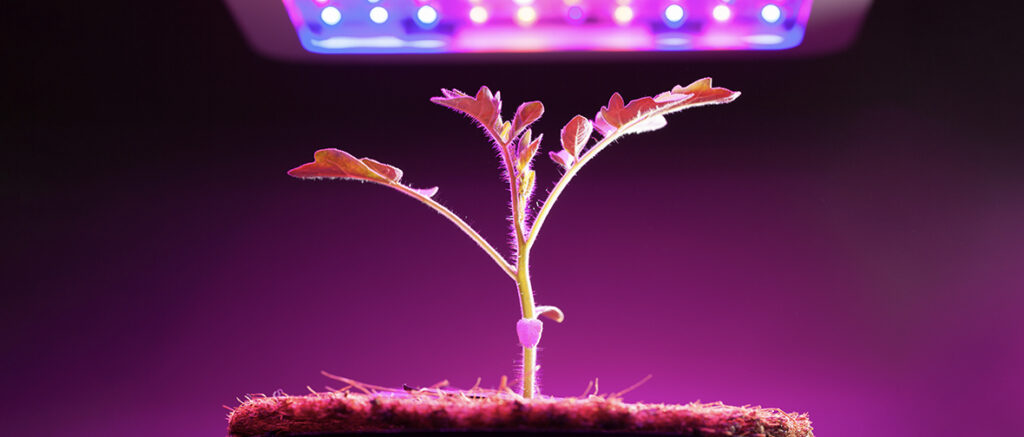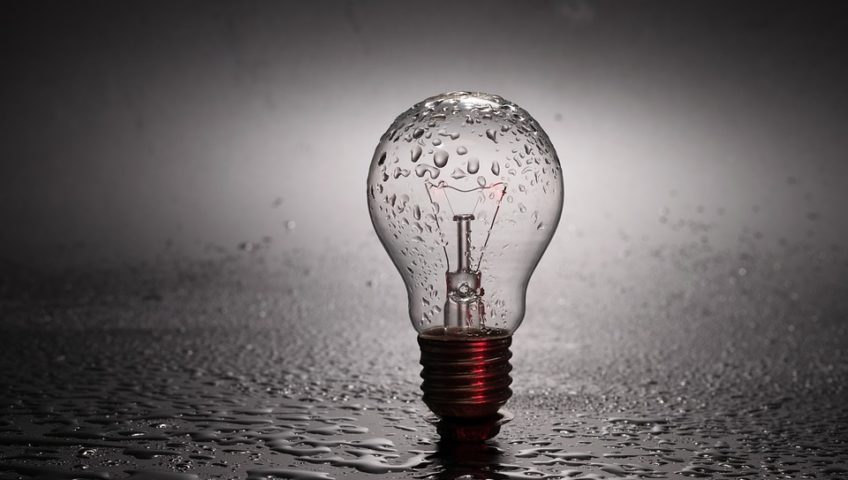Indoor plants bring a touch of nature to our homes, but ensuring they receive adequate light is crucial for their health and growth. In this guide, we’ll delve into the world of artificial lights and help you choose the best lighting setup for your indoor plants.
1. Understanding Light Intensity:
The first consideration in choosing artificial lights is understanding light intensity. Different plants have varying light requirements. Low-light plants, like snake plants, thrive in lower intensity, while high-light plants, such as succulents, need more intensity. Look for lights with adjustable brightness levels to cater to your specific plant needs.
2. Decoding Light Spectrum:
Plants respond to different light colors during various stages of growth. Blue light is essential for vegetative growth, promoting bushy and leafy development. On the other hand, red light stimulates flowering and fruiting. Opt for full-spectrum lights to provide a balanced combination of both, ensuring comprehensive support for your plants throughout their life cycle.
3. Duration and Timing Matter:
Mimic natural daylight cycles by setting the right duration and timing for your artificial lights. Most indoor plants require 12-16 hours of light per day. Invest in timers to maintain a consistent lighting schedule, promoting healthy growth patterns for your plants.
4. Types of Artificial Lights:
There are various types of artificial lights available, including LED, fluorescent, and incandescent. LED lights are energy-efficient and emit less heat, making them an excellent choice for indoor plants. Fluorescent lights are cost-effective and work well for a broad spectrum of plants. Incandescent lights, while less popular, can be suitable for specific plants with lower light requirements.
5. Placement and Distance:
Proper placement of lights is crucial for their effectiveness. Hang lights at an optimal distance from your plants to avoid issues like light burn or insufficient coverage. Adjust the height as your plants grow to maintain an ideal distance.
Choosing the right artificial lights for your indoor plants is a crucial step in ensuring their well-being. By understanding light intensity, spectrum, duration, and the types of lights available, you can create an optimal environment for your plants to thrive. Incorporate these tips, and watch your indoor garden flourish with vibrant greenery.
Remember, providing the right lighting conditions is just one aspect of indoor plant care. Stay tuned for more tips on creating a thriving indoor garden on our website!




